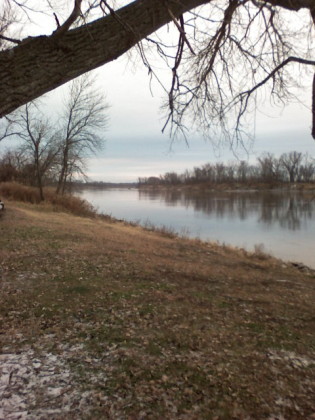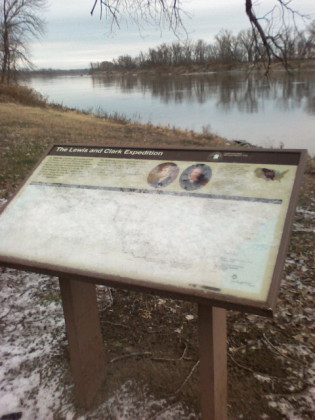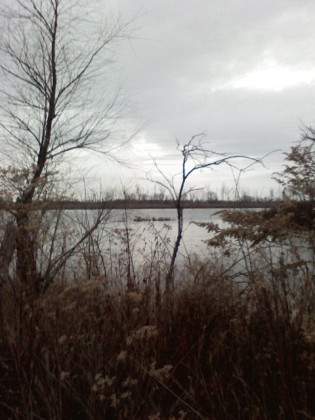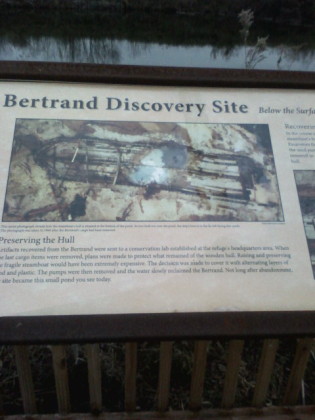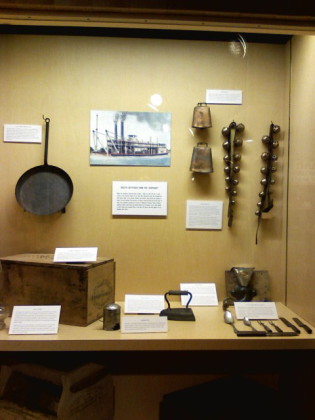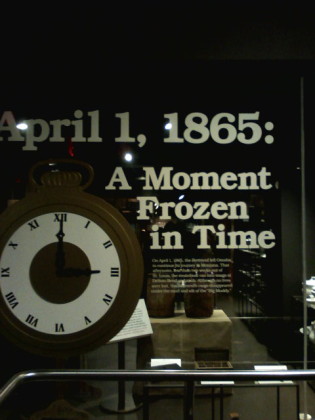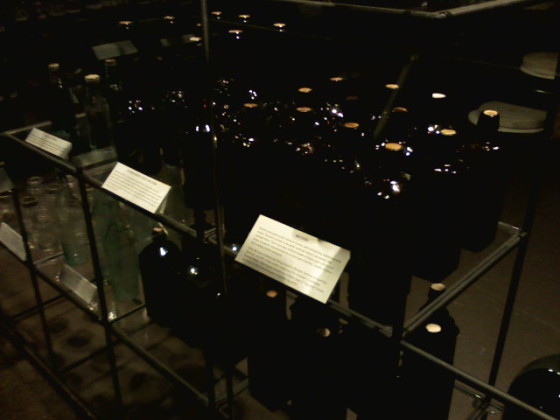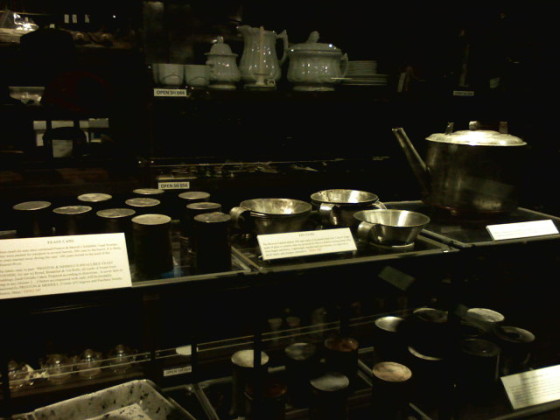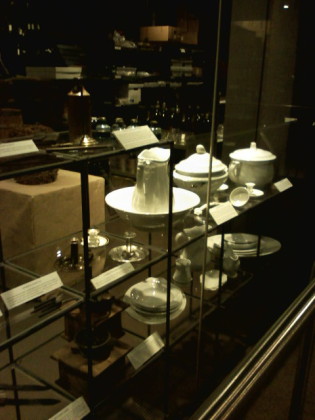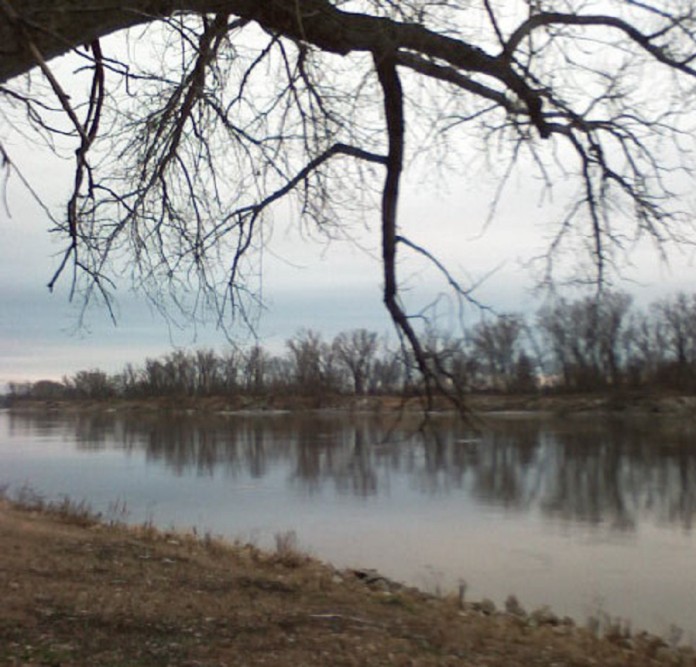
The waterfowl were not on display for me as I wanted them to be, but there were other benefits that made it worth the detour to the DeSoto National Wildlife Refuge in Missouri Valley, Iowa.
The 8,365-acre refuge is a stopover for migrating ducks and geese. The count on the day I drove through was more than 70,000 but unlike celebrities who crave to be seen and photographed, the birds were not out in the open water where I wanted them to be — the uncooperative waterfowl.
Bald eagles were in the area as well. I could see a nest in the trees but didn’t sight any eagles — most likely a patience issue on my part.
The prairie landscape, the wetlands, the Missouri River and DeSoto Lake, along with the Steamboat Bertrand exhibit in the Visitor Center — together these made a very worthwhile stopover even if the birds were mostly heard but not seen. Several deer were more cooperative and pranced within my view.

The Steamboat Bertrand museum collection contains more than 250,000 artifacts excavated from the Bertrand wreck. During the 19th and early 20th centuries, more than 400 steamboats sank or were stranded between St. Louis, Mo., and Ft. Benton, Mont., with the 178-foot long Bertrand being one such steamboat.
The Bertrand sank April 1, 1865. It was her first trip upriver, and her wreckage preserved a moment in time that was discovered in 1968 and excavated in 1969.
The well-preserved cargo included supplies needed at the gold mines, logging camps, farms and households springing up in the new Montana Territory. Among the many recovered items were tools, equipment, food, drink, clothing and more.
While the salvors were lured to seek the Bertrand by the legends of gold, whiskey and mercury, only nine flasks of the expected 500 flasks of mercury were recovered, and none of the rumored whiskey or gold was on board.
In addition to viewing the salvaged cargo, visitors may tour the excavation site as well — a pond. Due to the expense required to recover and preserve the Bertrand’s hull, once the cargo was removed, the hull was reburied where it had been found.
The DeSoto National Wildlife Refuge is open from half-an-hour before sunrise to half-an-hour after sunset. The Visitor Center is open 8:30 a.m. to 4:30 p.m. daily except on most federal holidays.









